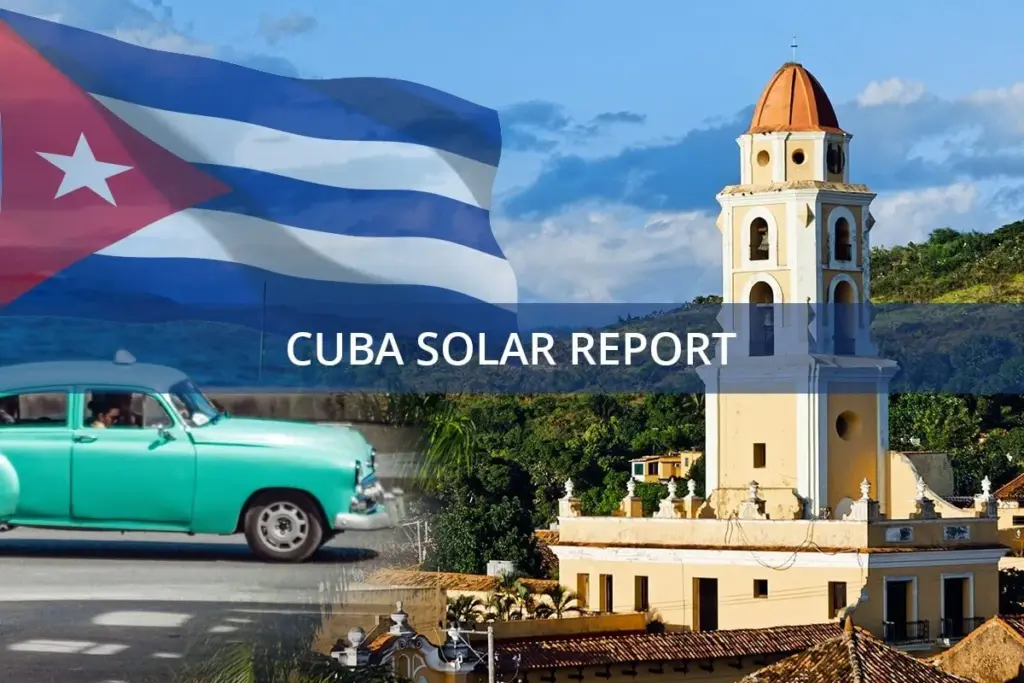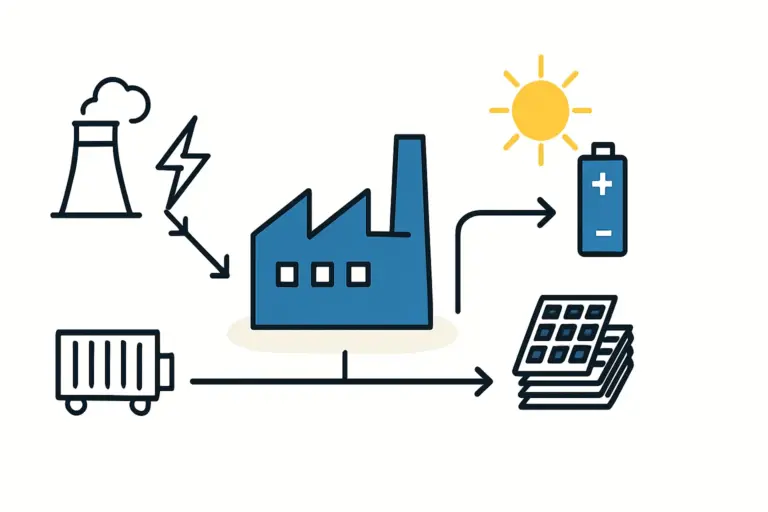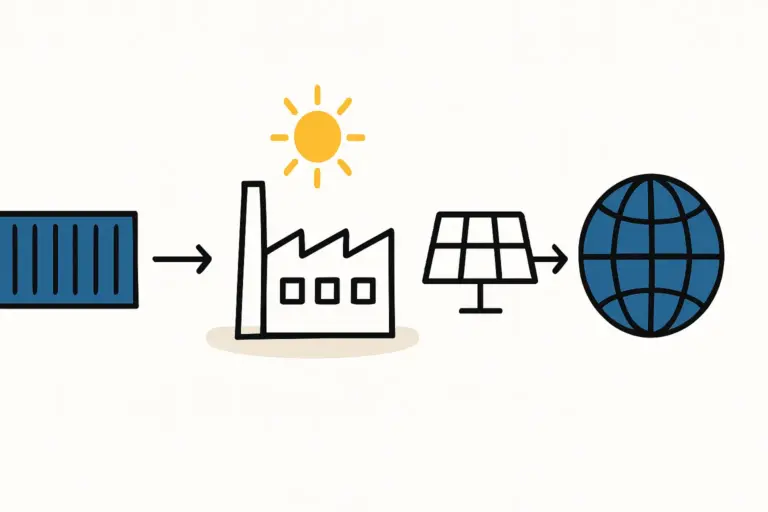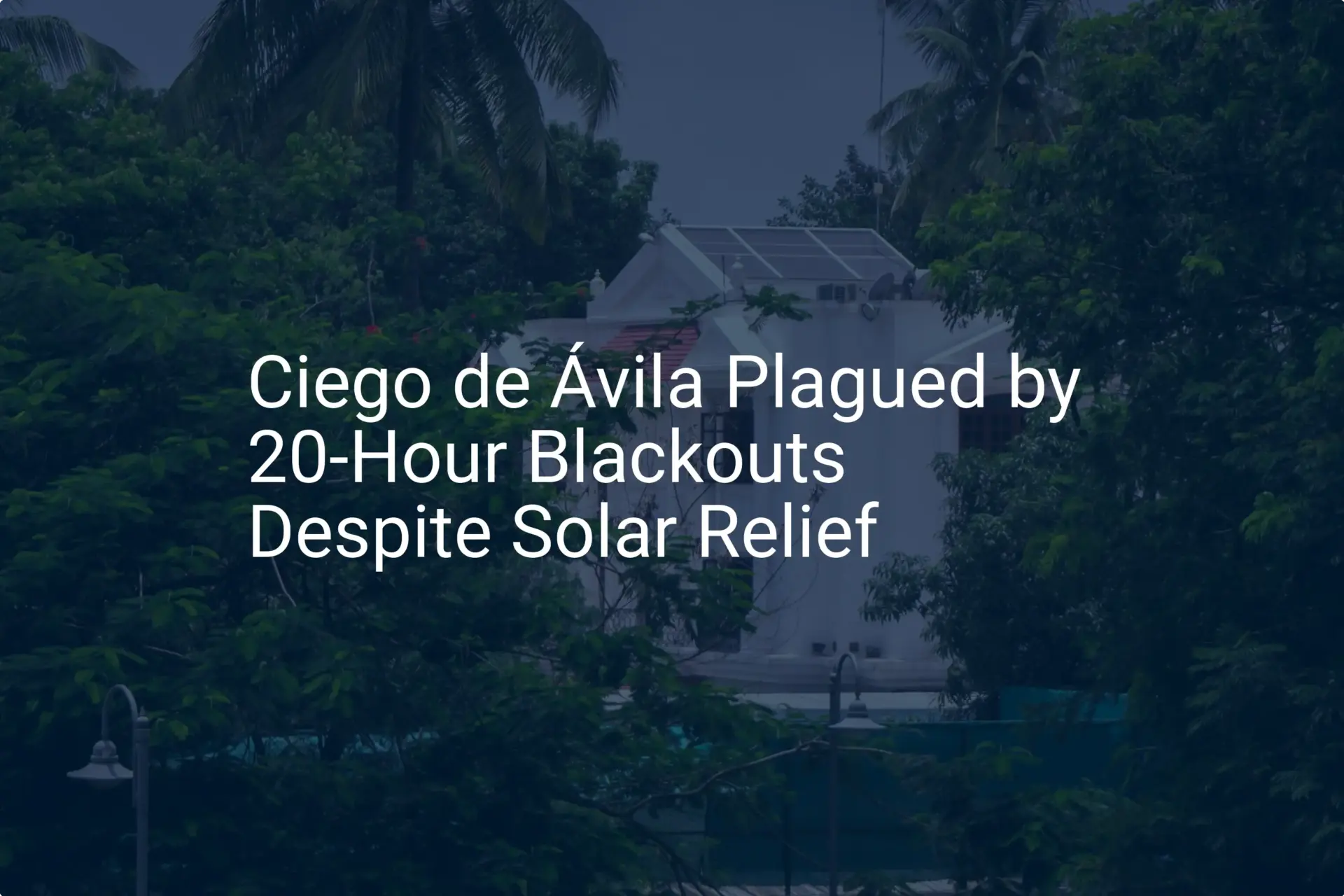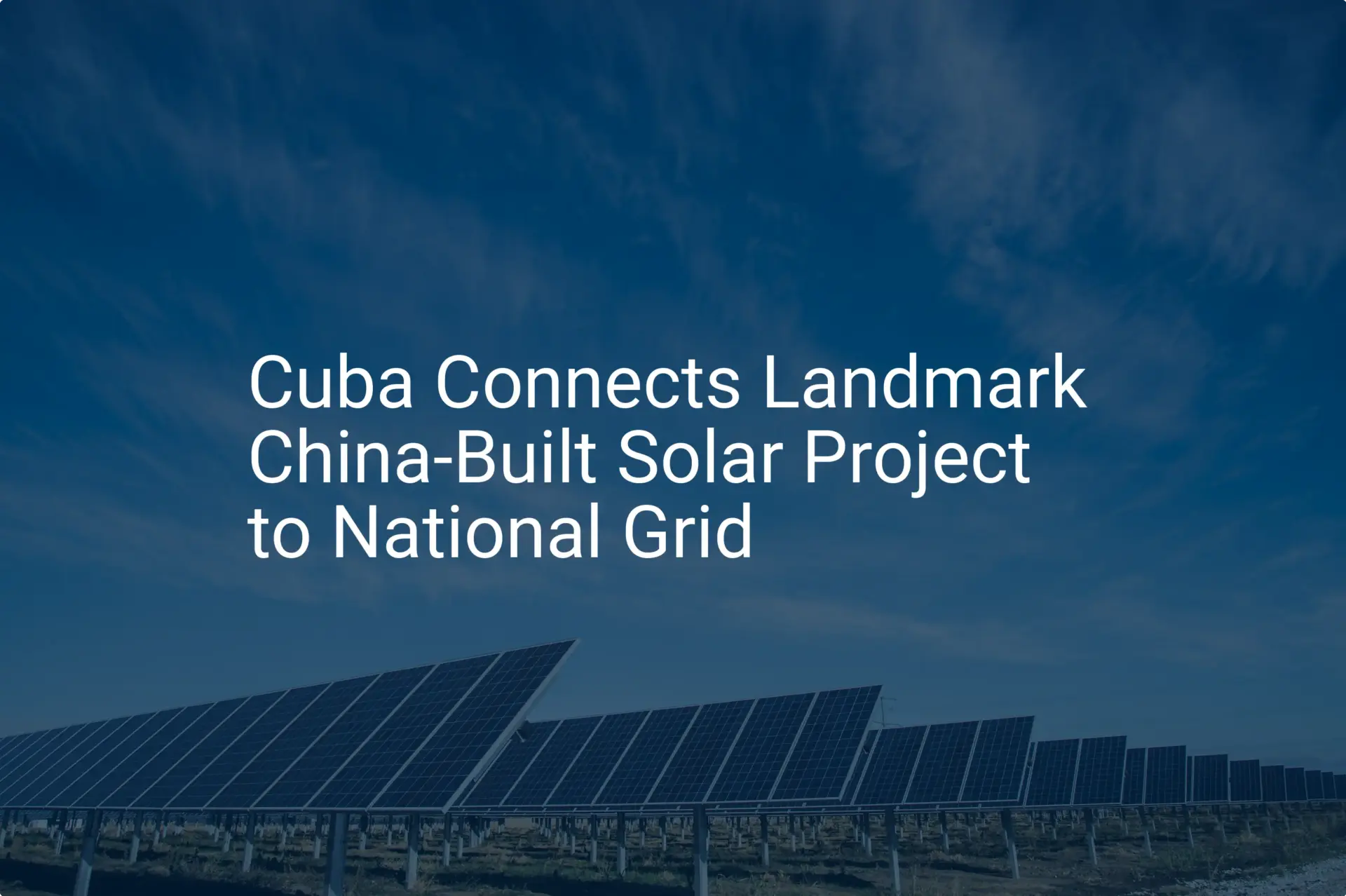A standard solar module is an impressive piece of technology, engineered to convert sunlight into electricity for over 25 years. However, when that module is installed on a rooftop in Havana or a commercial facility in Kingston, it faces environmental challenges far beyond its original design parameters.
The combination of intense, sustained wind loads from hurricanes and the corrosive effect of warm, salt-laden air creates a uniquely demanding environment where standard designs often fall short.
This article explores the engineering and manufacturing needed to produce solar modules that not only survive but thrive in the Caribbean climate. It serves as a technical overview for business professionals and entrepreneurs who see the opportunity in local manufacturing but need to understand the critical details that define a resilient, bankable product for the region.
The Dual Threat: High Winds and Corrosive Humidity
Building a better solar module starts with understanding the forces working against it. In the Caribbean, two primary environmental factors dictate design requirements: cyclonic wind loads and atmospheric corrosion.
1. Extreme Wind Events (Hurricanes)
The Saffir-Simpson Hurricane Wind Scale categorizes storms from 1 to 5 based on sustained wind speed. Recent meteorological data shows a rising frequency of high-intensity Category 4 and 5 storms in the Atlantic basin. These events exert immense physical stress on structures, and solar arrays are particularly vulnerable. A standard module’s static load rating is often no match for the rapid, turbulent pressure changes during a hurricane. This is why regional building codes and international standards like ASCE 7-16 provide specific guidance on calculating wind loads for different geographic zones.
2. Salt Mist and High Humidity
The warm, humid air of the Caribbean is saturated with microscopic salt particles from the ocean. This saline moisture penetrates tiny gaps in a solar module’s structure, accelerating corrosion of the aluminum frame, junction box connectors, and even internal cell connections. Over time, this degradation can lead to reduced power output, safety hazards, and catastrophic failure. While standard damp heat tests provide a baseline, supplementing them with salt mist corrosion testing is essential for coastal applications.
Engineering for Resilience: Key Manufacturing Adaptations
Adapting a solar module manufacturing plant to produce climate-specific modules seldom requires a complete overhaul of the machinery. Instead, it demands a strategic focus on the bill of materials and enhanced quality control protocols.
The Frame and Glass: A Module’s Structural Backbone
The first line of defense against mechanical stress is the module’s physical structure.
-
Frame Thickness and Design: While many standard modules use a 30mm or 35mm aluminum frame, a robust design for high-wind zones typically specifies a 40mm frame or thicker. The design also needs reinforced corner keys to prevent the frame from twisting and separating under load. Small but essential features like dedicated drainage holes prevent water from accumulating and causing frame damage or corrosion over long periods.
-
Glass Thickness: The front glass provides most of a module’s rigidity. Increasing glass thickness from a standard 3.2mm to 4.0mm, and using fully tempered, heat-strengthened glass, significantly enhances its ability to resist impacts from windborne debris and withstand positive and negative pressure loads.

Materials Selection: Resisting Environmental Ingress
The internal solar panel components play a vital role in long-term durability.
-
Encapsulant and Backsheet: The encapsulant (typically EVA or the more advanced POE) bonds the layers of the module together and protects the solar cells. A high-quality, Potential-Induced Degradation (PID) resistant encapsulant is crucial. The backsheet must be made from a material with low water vapor permeability and high resistance to hydrolysis to prevent delamination and moisture ingress.
-
Junction Box: The junction box is a common point of failure in humid climates. Specifying a junction box with an Ingress Protection (IP) rating of IP68 ensures it is fully sealed against dust and can withstand continuous immersion in water, offering maximum protection against moisture-driven corrosion of electrical contacts.

Verification Through Testing: Proving Durability
Designing for durability is one thing; proving it is another. International Electrotechnical Commission (IEC) standards provide the framework for certifying that a solar module meets specific performance and safety criteria.
For hurricane-prone regions, mechanical load testing under IEC 61215 is paramount. This test subjects the module to immense pressure, simulating the force of wind and snow. While a standard module might be rated for 2400 Pascals (Pa) of pressure, a hurricane-rated design is often tested to 5400 Pa or higher. This test verifies that the module’s frame, glass, and mounting integrity can withstand the forces it will face during a major storm.
Similarly, IEC 61701 (Salt Mist Corrosion Testing) simulates years of coastal exposure in a matter of weeks. Modules are placed in a chamber and exposed to a continuous, corrosive salt spray. Passing this test demonstrates that the module’s components—from the frame’s anodized coating to the junction box seals—are ready for deployment in marine environments.

The Business Case for Local, Climate-Adapted Manufacturing
For an entrepreneur considering entry into the solar market, focusing on climate-specific modules offers a distinct competitive advantage.
-
Reduced Risk and Higher Bankability: Projects using certified, hurricane-rated modules are viewed more favorably by investors and insurance providers, as the risk of asset loss during a storm is significantly lower.
-
Long-Term Reliability: Locally manufactured modules designed for the region’s climate build a reputation for quality and reliability, commanding a premium over standard imported panels that may fail prematurely.
-
Market Leadership: A manufacturing facility that can produce modules tailored to regional needs becomes a strategic asset for national infrastructure goals, positioning the business as a key partner for utility-scale and government projects.
By setting up turnkey solar production lines configured for these specifications, a new market entrant can immediately address the most pressing needs of the region, bypassing competition from generic, mass-market producers.
Frequently Asked Questions (FAQ)
What is the primary difference between a standard and a hurricane-rated solar module?
The main differences lie in the structural components. A hurricane-rated module typically features a thicker aluminum frame (e.g., 40mm), reinforced corners, thicker tempered glass (e.g., 4.0mm), and is certified to withstand higher mechanical loads (e.g., 5400 Pa or more).
Does manufacturing these modules require entirely different machinery?
Not necessarily. Most of the adaptations involve the bill of materials (BOM) rather than the core production machinery. A standard production line can be configured to use thicker frames, different glass, and specific backsheets. The key lies in process engineering, material sourcing, and rigorous quality control testing.
How much does it increase the cost to produce a hurricane-rated panel?
The material costs are marginally higher due to the more robust components, but this increase is often less than 5-10% of the total module cost. When viewed in the context of the total project cost and the long-term value of a resilient, 25+ year asset, the incremental manufacturing expense is a sound investment. The cost to start a solar factory should account for sourcing these higher-grade materials from the start.
Can an existing factory be adapted for this type of production?
Yes. An existing solar module factory can be adapted by updating its bill of materials, adjusting machine calibration for thicker components, and implementing the necessary quality assurance protocols and testing procedures, such as enhanced mechanical load and salt mist tests.
Next Steps: From Concept to Production
Manufacturing solar modules for the Caribbean is not simply about assembling components; it is about engineering a product to withstand specific, foreseeable environmental stresses. For entrepreneurs and investors in the region, the opportunity lies in creating a local supply of high-quality, resilient modules that meet the demands of the climate.
Understanding these technical requirements is the first step. The next phase involves detailed financial modeling, supply chain development, and facility planning to translate this specialized knowledge into a successful manufacturing operation.

